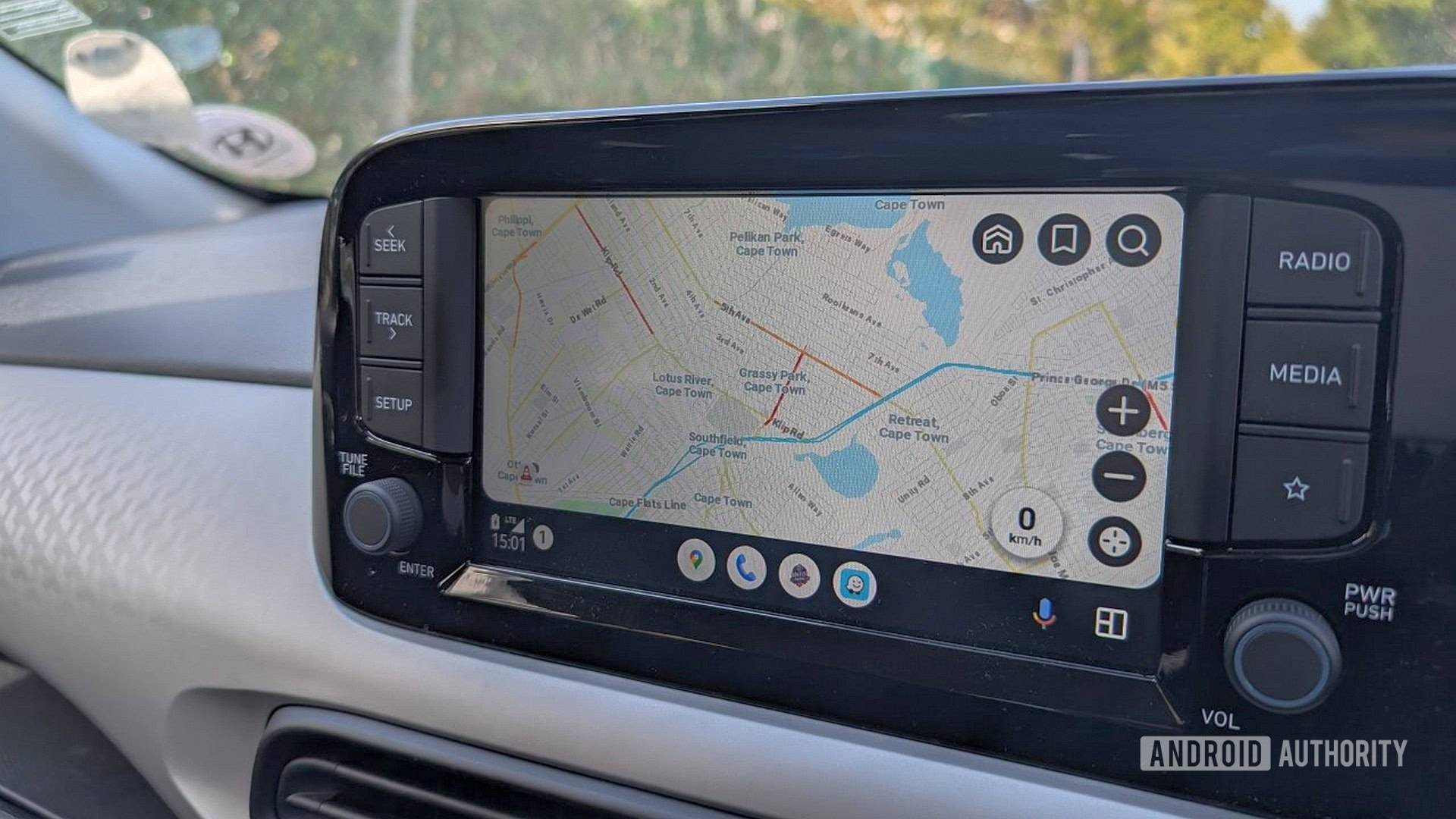Visitors at this year’s RAPID + TCT event in Detroit got to see an unexpected showstopper at Farsoon’s booth: a beautifully restored, vintage-inspired motorcycle known as the Pennsylvania 8.Nestled among industrial-grade printers and high-tech displays, this classic beauty stood out not only for its design, but also for the high-tech upgrade behind its restoration, all thanks to metal 3D printing.The project is the result of a collaboration between Farsoon and Competition Distributing, a Pennsylvania-based company that specializes in antique, pre-war (1930s and earlier) Harley-Davidson and Indian motorcycle parts.
It is now using metal 3D printing to restore hard-to-find components for its bikes.But the Pennsylvania 8 isn’t a restored motorcycle; it’s a brand-new build that was made to look and feel like a 1920s board track racer.It’s based on the style of early Harley-Davidson 8-valve racing motorcycles, which were powerful and rare in their time.
Everything was built from scratch, except for one original piece: the 1926 engine case.Using that real vintage part as a starting point, they recreated the rest using traditional craftsmanship and tools like metal 3D printing, staying true to the design and spirit of the original machines without copying any one specific bike.The Pennsylvania 8 motorbike.
From Obsolete to On-the-Road For the team behind Competition Distributing, preserving these motorcycles is a passion.These bikes, some dating back over a century, are more than just collector’s items; they are pieces of history.But restoring them isn’t easy, and the biggest challenge is always finding the parts.
“Some of these bikes are over 100 years old and too valuable to ride—even if museums let you take them out,” explained Sean Jackson, who leads operations at Competition Distributing.“One of the biggest challenges in vintage motorcycle restoration is sourcing frame components, particularly cast parts, which are incredibly rare and difficult to find.” Cylinder component for a motorcycle engine.That’s where 3D printing comes in.
Jackson turned to additive manufacturing (AM) and Farsoon to bridge the gap.Working with Farsoon’s laser powder bed fusion (LPBF) FS200M metal printer, Jackson, along with engineer and inventor Kevin O’Neal and his team, can now scan original parts (some cracked, rusted, or bent with age) and recreate exact replicas of irreplaceable components.It restores these bikes for the road again without erasing the details that make them historic.
Vintage Bikes, Modern Tools For Competition Distributing, this meant they could replicate hard-to-find parts like cylinder heads, connecting rods, and exhaust pipes quickly and accurately.Even better, the team isn’t interested in keeping these bikes behind glass—they want them out on the road, running at full speed.“These parts aren’t just for museum bikes.
We want to make them accessible to the average enthusiast who wants to build, ride and experience early motorcycles like they did 100 years ago,” said Jackson.The vintage motorcycle community is a smaller part of the overall motorcycle world in the U.S., but it’s still pretty big.The Antique Motorcycle Club of America has over 12,000 members who focus on bikes that are at least 35 years old.
And events like the AMA Vintage Motorcycle Days bring in around 40,000 people every year.Still, one of the biggest challenges for fans is finding the right parts to fix their bikes up.This is where metal 3D printing makes a big difference.
It helps recreate hard-to-find parts with great accuracy, so that these old motorcycles can be enjoyed on the road again.The Pennsylvania 8 motorbike.A Printer That Doesn’t Stop The team brought metal 3D printing in-house in late 2024.
Since then, Farsoon’s FS200M machine hasn’t stopped.It is now running almost non-stop, helping them serve customers around the world.“We’ve had it since October 2024 and honestly, time flies when the machine is constantly running.
With it, we can now deliver high-quality, end-use parts in days instead of months—and most importantly, our customers love the results,” noted Jackson.The team has taken on projects like re-creating components from a 1928 Rudge motorcycle (an iconic British bike known for its racing legacy) and producing custom cast frames—parts that would otherwise have been nearly impossible to source using traditional methods.They mainly print in 316 stainless steel, although they are also exploring aluminum, 17-4 stainless, and even titanium.
In the long term, they hope to scale up manufacturing and dedicate specific machines to designated materials, ensuring even greater efficiency and consistency in production.The Pennsylvania 8 motorbike.One surprising perk is Farsoon’s software, which allows users to check in on the printer from their phones.
They can adjust powder settings, or remove parts from a build, without canceling the whole job.“The Farsoon software has been a huge bonus.I can monitor and control prints remotely from my phone.
That flexibility has saved us a lot of time and materials,” explains Jackson, whose team of engineers and mechanics adapted quickly, mastering the challenges of working with the irregular, non-symmetrical shapes typical of antique motorcycle parts in just a few weeks.The Pennsylvania 8 motorbike.This work is a nod to tinkerers, who value machines not just for how they run but for what they represent.
By combining metal 3D printing with early 20th-century motorcycle design, Competition Distributing is making it possible for a new generation to experience the craftsmanship of the past.All images courtesy of Competition Distributing and Farsoon.Subscribe to Our Email Newsletter Stay up-to-date on all the latest news from the 3D printing industry and receive information and offers from third party vendors.
Print Services
Upload your 3D Models and get them printed quickly and efficiently.Powered by FacFox
Powered by 3D Systems
Powered by Craftcloud
Powered by Endeavor 3D
3DPrinting Business Directory
3DPrinting Business Directory







